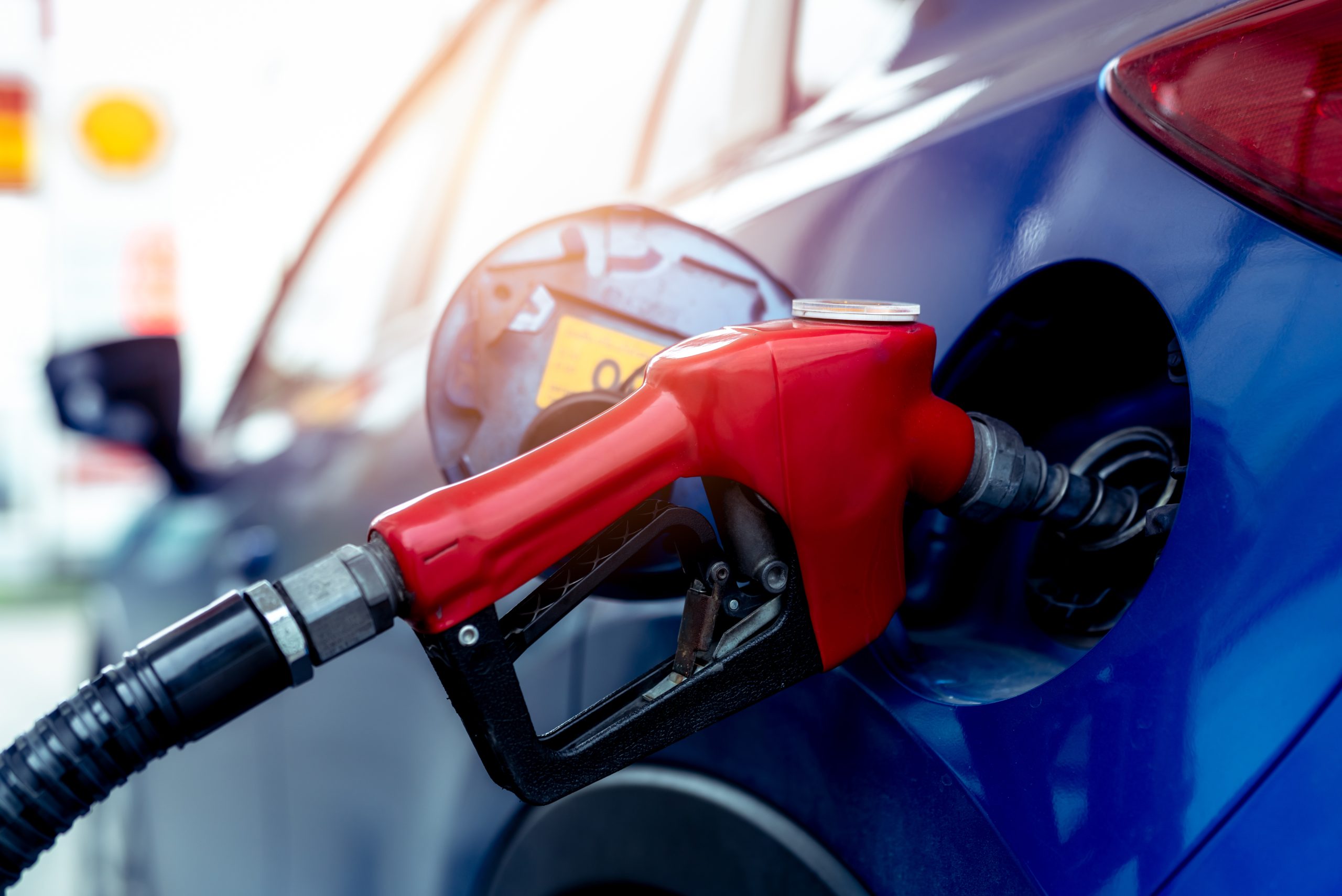
As temperatures increase into the summer months, government regulations dictate the type of gasoline we use in our vehicles.
Summer Blend
During the summertime, gasoline has a greater chance of evaporating from a vehicles fuel system. This can produce smog and increase emissions. Refiners produce gasoline blends that have a lower Reid Vapor Pressure (RVP) which helps reduce the chance of gasoline evaporation in vehicles during the summer. Depending on the state and region, RVP regulations can vary. During the summer with higher octane fuel comes an increase in cost. Some areas could pay as much as 15 cents more per gallon to fill up their vehicle.
Winter Blend
Winter blend gasoline has a higher RVP which means it evaporates more and allows gasoline to ignite more easily to start your vehicle during cold temperatures. It’s much cheaper to produce which is why gas prices are less during this time of year, which is usually September until April. Gasoline prices usually drop somewhere between 10-30 cents per gallon. Many retailers continue to sell their summer gasoline until they run out of their inventory before switching and selling winter blend.
Other things to consider throughout the year
During February many refineries begin annual maintenance. Refineries are shutdown to repair and inspect any equipment that needs replaced. It also helps refineries with the preparation to retool for summer blend fuels.
March through April is the transition season at refineries as they switch over to summer blend gasoline. In case of a supply shortage and more demand for summer blends, refineries often produce more. This can cause a large increase in fuel prices since in can lead to lower inventory levels at the refineries. The refineries have until May 1st, but retailers usually have until June 1st to be completely switched over to summer blend fuels since it takes some time to get from the pipelines to terminals.
Demand also plays a factor for prices to go up. Gas demand will normally increase each month starting in February until it reaches its peak time in August. Total demand can increase as much as 10-15%. By September 15th , demand starts to decline and retailers are able to switch back to winter blend gasoline. Many retailers wait until they are completely out of their summer blend fuel before switching to winter blend.
https://www.convenience.org/Topics/Fuels/Changing-Seasons-Changing-Gas-Prices
The Difference Between Summer-Blend and Winter-Blend Gasoline



